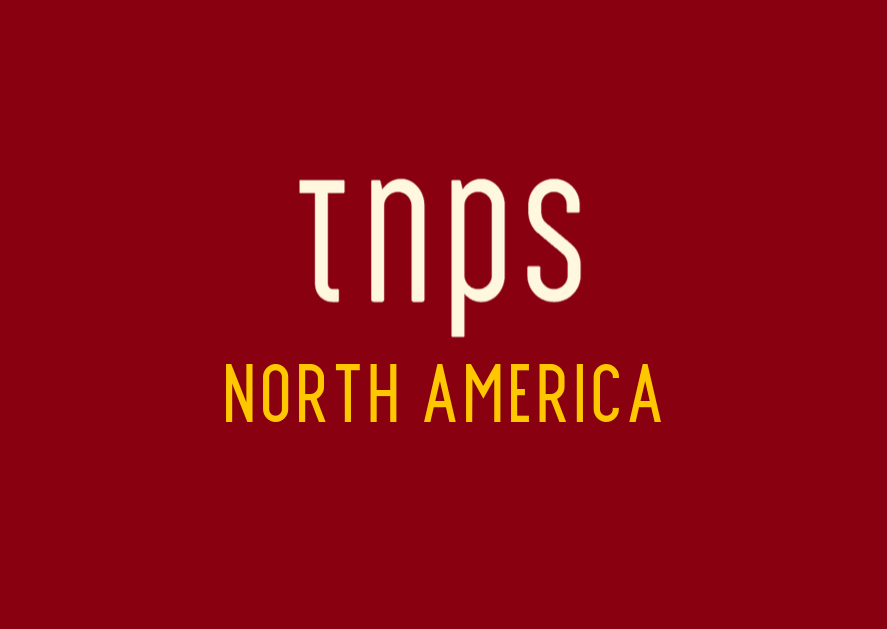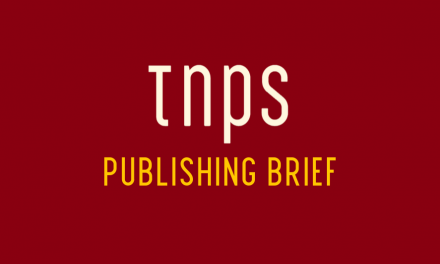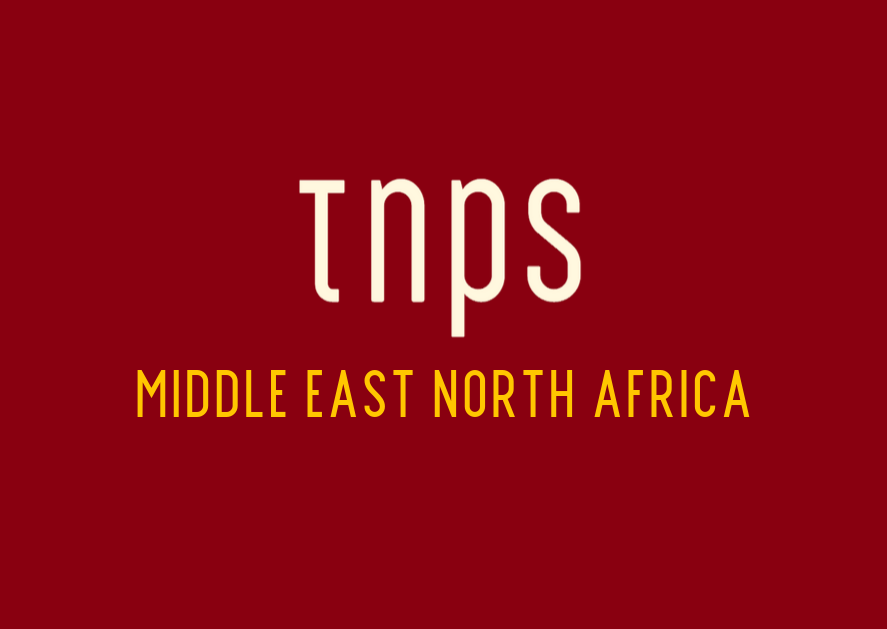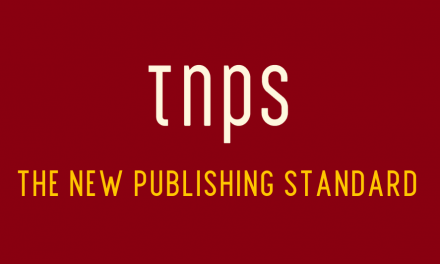The move is not related to the Simon & Schuster buyout, and was initially planned for the summer but delayed by the pandemic’s impact, so might be seen not so much as devious as serendipitous in at least tugging at the rug beneath the feet of the acquisition’s opposers.
Consolidation has been the industry buzz word amid the provisional acquisition of US publishing house Simon & Schuster by Bertelsmann, the Germany-based owner of Penguin Random House, with opponents seizing on the word as proof that the move would be bad for the industry.
Provisional in that the buy-out has yet to be approved by the US regulatory authorities, with mostly predictable reactions from a) those who had plans to acquire Simon & Schuster and lost out, and b) from those who for whatever reason oppose the traditional publishing model.
Consolidation has been among the key opposition objections, but not always with any coherent rationale.
HarperCollins parent company News Corp. found no consolidation issues in their own bid to buy Simon & Schuster, but surprise, surprise it’s a big issue when a HarperCollins rival wins the bidding war.
And then we have the assertion that, just as the Big 6 became the Big 5, so the Big 5 now becomes the Big 4 and this means less competition and fewer imprints, lower author royalties and lower pay for industry employees.
Of course there’s a element of truth in all this, but against those elements we should note, for example, how in September Macmillan announced it would be substantially raising its baseline pay scale, and how December began with a similar announcement from Hachette.
These of course in the middle of a pandemic with lockdowns causing the widespread closure of bookstores – something that will be giving bookstore owners sleepless nights when publishers step back and take stock of these unprecedented times when the pandemic finally subsides.
And then we might note that, back when Penguin and Random House merged, it was widely asserted there would be fewer imprints. Back then the two separate companies had 250 imprints between them. The consolidated Penguin Random House ends 2020 with 320 imprints.
Which brings us to the PRH Canada decision to separate the Random House Knopf operation into two discrete sectors. So much for consolidation.
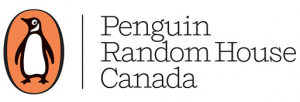
Porter Anderson at Publishing Perspectives got to this story before me, and summed up this point perfectly:
In (a) memo to the Penguin Random House Canada staff…CEO Kristin Cochrane has announced that she is “dissolving” the Knopf Random House Canada group, “allowing each of the existing imprints of the division–Knopf Canada and Random House Canada—to operate independently, each with its own distinct identity.”
While an internal move, this is an instance that runs counter to some observers’ assertions that all impulses in major publishing are toward consolidation. The dynamic here, a thoughtful one, is supportive of two imprints’ respective singularity.
The move is of course not related to the Simon & Schuster buyout, and it seems was initially planned for the summer but delayed by the pandemic’s impact, so it might be seen not so much as devious as serendipitous in at least tugging at the rug beneath the feet of the acquisition’s opponents.
Publishing Perspectives offers extensive detail from the PRH Canada press release, for those wanting to know the gory details.

